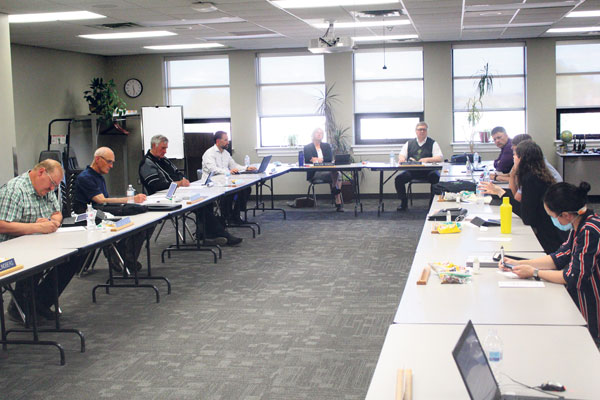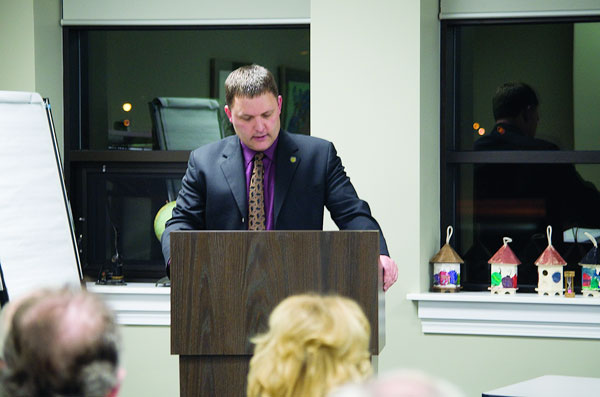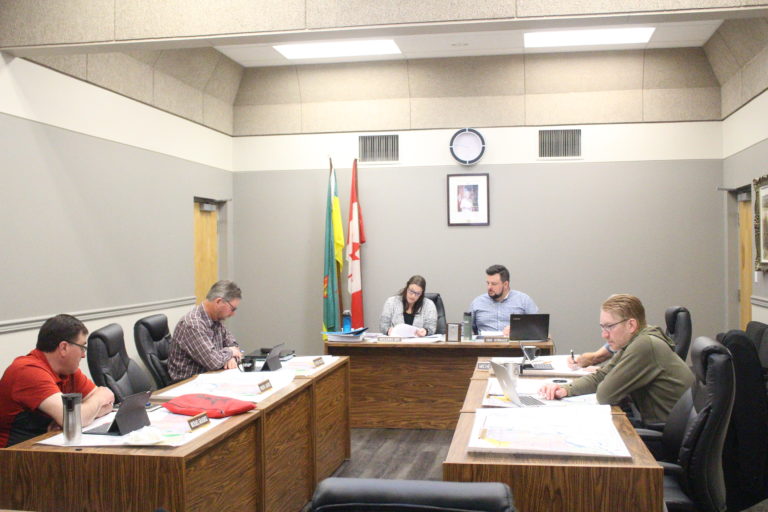The COVID-19 pandemic has made for a different kind of school year in the Saskatchewan Rivers School Division. With cancellations and postponements of events beginning in March and a different kind of graduation ceremony at all four high schools the division events have been different.
“As a board member I have had a lot of calls from parents about graduations and the lack of the face-to-face portions of grad celebrations. There has been a lot more contact with the public by phone this year than in years past because of what is happening and I think you really empathize with parents and students that had to do all of the work. Part of school is the social interaction with students so to lose that was unfortunate for the kids,” board chair Barry Hollick said.
Hollick explained that during the pandemic he and Bratvold have been in touch nearly every day to deal with regular issues. At the conclusion of each regular meeting the board discusses three main messages for the community. At their final meeting of the school year recognized parents, students, staff and teachers for all of their hard work during the pandemic.
“The board certainly appreciates everything that was done by all three parties,” Hollick said.
Because of the COVID-19 pandemic another tradition of the division has had to be delayed. Each year the division has a recognition night in June for retirees including teachers, bus drivers, secretaries, educational assistants and all staff.
“All of those people are recognized and they are presented with a cash gift and certificates and that has basically been either postponed of cancelled this year, we don’t know what the group sizes will be in the future. It’s an event where we usually had a couple of hundred people in the past,” Hollick said.
Hollick explained that the event also recognized milestones for staff including 10 years, 20 years, 25 years and on a recent occasion 40 years of employment in the division
“So that’s really a special night so our board we really missed that contact with the people that work for us,” Hollick said.
Hollick explained that they were hoping to have a recognition event in the fall which would invite retirees back if group sizes have increased.
“If that doesn’t happen in small groups trustees they have schools that they are responsible for, every trustee on our board we each have about three schools that we reach our to and we would present certificates to the staff at those schools for the milestones, like the people who are still with us. As far as retirees go if worse comes to worse we would wait until next year and honour this year’s retirees with next year’s but we are hoping to do something in the fall,” Hollick said.
This week and early next week are traditionally graduations in the Prince Albert schools in the division including Carlton, Wesmor and PACI. Each school is doing something different and Hollick was taking part in recording for one.
“Graduations you are aware most of them are being done virtually, I am supposed to got to Carlton this afternoon (Tuesday) and tape a message to the student and I believe that is going to be streaming on Friday. I will also be announcing the winner of the Governor General’s medal which goes to the student with the highest average,” Hollick said.
Director of education Robert Bratvold noted something similar following the meeting.
“Another conversation that wasn’t formally on the agenda was the recognition of the grads, the Grade 12 graduates and also those who are transitioning, the Grade 8s making the move from elementary school to high school and the long service recognition for our staff that didn’t happen like it usually did but I think the trustees talked a fair amount about recognizing them,” Bratvold said.





